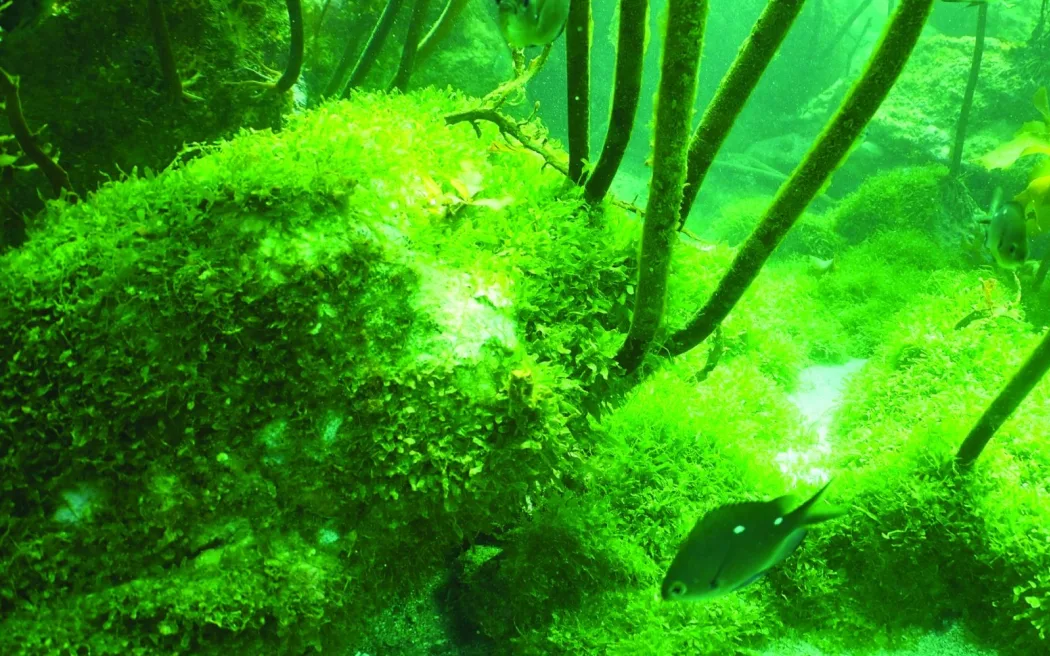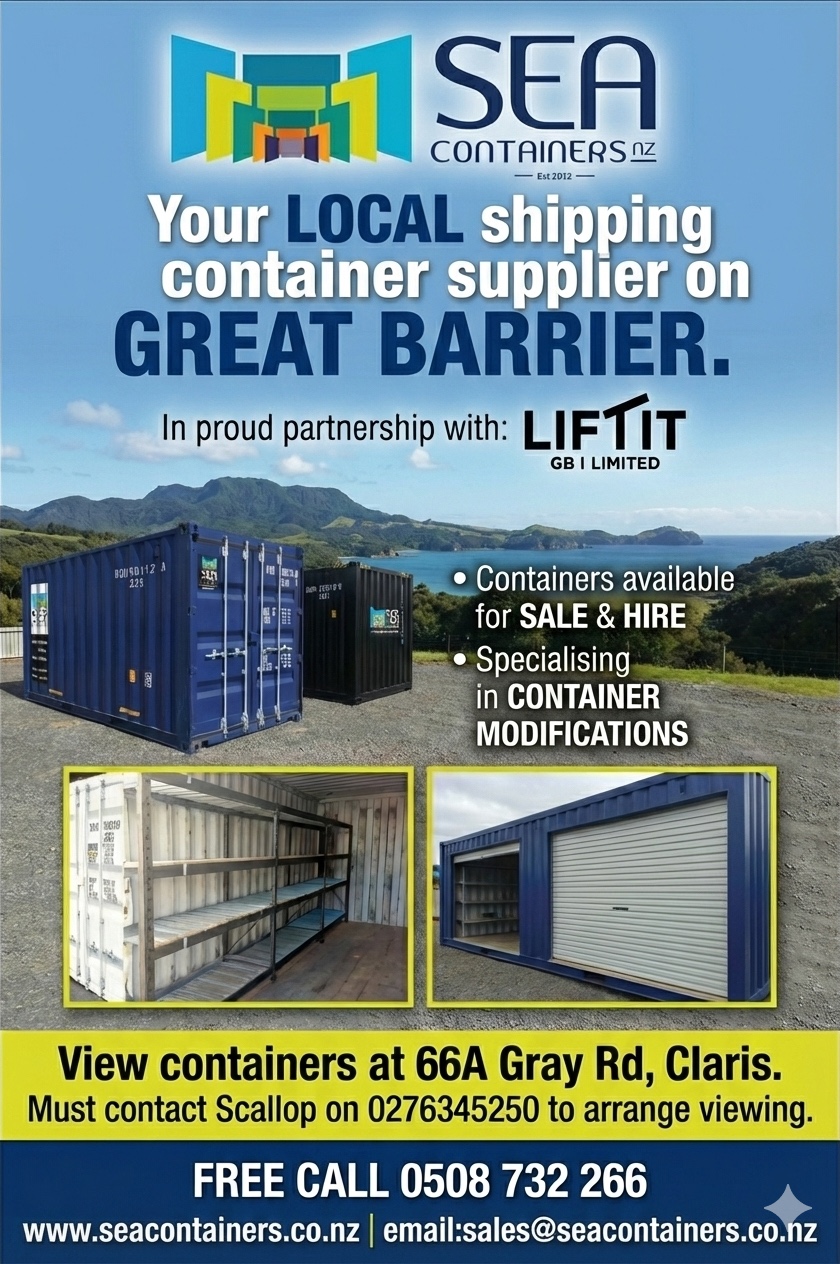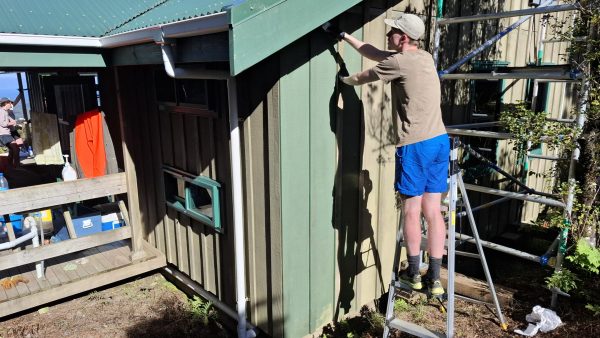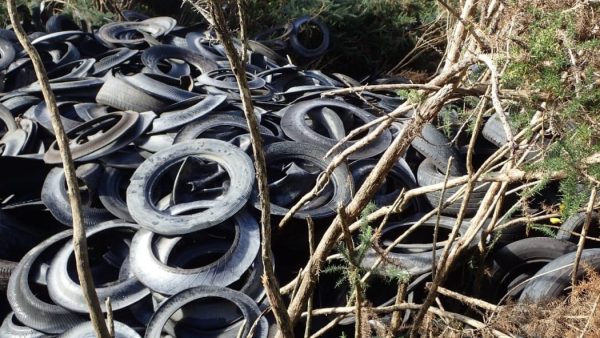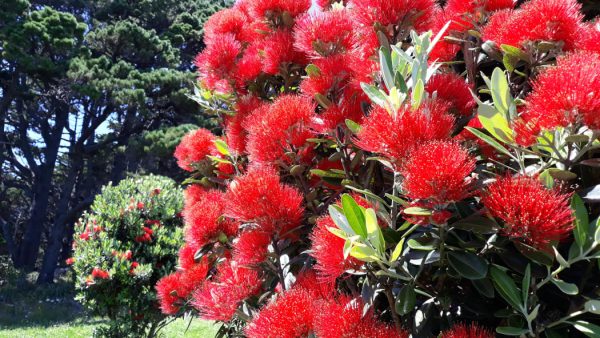Patches of the invasive seaweed Exotic Caulerpa have been discovered at three locations off the northeast coast of Little Barrier Island, prompting a rapid response from local biosecurity and iwi groups.
The seaweed, which includes the species Caulerpa brachypus and Caulerpa parvifolia, is known for forming dense underwater mats that choke native habitats, smother seafloor life, and outcompete native marine species. First detected in New Zealand waters in 2021, it has since spread across parts of Great Barrier Island, Waiheke Island, Northland, and now Little Barrier (Te Hauturu-o-Toi).
Ngāti Manuhiri Settlement Trust has announced what it calls a “Hauturu Rapid Response,” following confirmation of the seaweed’s presence.
“[Little Barrier] Hauturu is one of the most significant conservation areas in the world—New Zealand’s first ever nature reserve—and decisive action is needed to protect this taonga [treasure],” said Trust CEO Nicola Rata-MacDonald.
“Today, our team marked the beginning of the Hauturu [Little Barrier] Rapid Response by laying a karakia over the area, and we will lead the attack on Caulerpa at Hauturu [Little Barrier] to eliminate this pest from our rohe moana.
“Our work with officials has shown that swift operational action is not hindered by a culturally informed response—it has been Ngāti Manuhiri pushing for action since this incursion was first discovered at Hauturu [Little Barrier].”
While government agencies have said exotic caulerpa cannot be eradicated, the Trust claims it removed a small infestation at Omaha Cove in Leigh in June 2024—believed to be the first successful eradication in the country.
“While the patch of caulerpa we managed to eradicate at Leigh was small, we were successful because we didn’t wait for it to spread and get out of hand,” said Rata-MacDonald.
“Our kaitiaki responded immediately to treat the infestation, in partnership with Te Kaunihera o Tamaki Makaurau and supported by the University of Auckland, showing that if treated with the urgency that any biosecurity incursion deserves, we can get on top of this invasive pest.
“We cannot continue to treat caulerpa as a case study, it must be confronted with action which recognises the existential threat to our moana that it is. That’s what our team will be doing over the coming days.”
The response comes amid renewed criticism of the Government’s decision not to restrict bottom trawling or Danish seining in most parts of the Hauraki Gulf. Critics say that dragging weighted nets along the seafloor not only destroys benthic ecosystems but also risks spreading caulerpa fragments to new areas.
“Almost three-quarters of the Hauraki Gulf is open to bottom trawling and Danish seining—a destructive fishing method where weighted nets are dragged along the seafloor, ripping up everything in their path,” said Rata-MacDonald.
“Caulerpa is already spreading throughout the Gulf, and allowing bottom trawling to continue only increases the risk of fragmentation and further spreading of this invasive seaweed.
“We are under siege from this pest, and rather than committing the investment needed to remove and eliminate exotic caulerpa, the Minister has confirmed the Government will only make it easier to destroy our benthic habitats, whether with nets or with weeds.
“We’re calling on the Government to protect the Gulf by banning bottom trawling, investing in the eradication of exotic caulerpa, and urgently progressing the Hauraki Gulf / Tīkapa Moana Marine Protection Bill—without amendment—to ensure we can restore the waiora and mauri of the Gulf.”
Caulerpa spreads rapidly via small fragments and thrives in sheltered, soft-sediment environments. While controlled area notices (CANs) remain in place for parts of Great Barrier and the wider Gulf, enforcement and eradication remain patchy.
Little Barrier Island is a strictly protected wildlife sanctuary, home to some of New Zealand’s most endangered native species. The presence of an invasive marine pest in its surrounding waters is being seen as a test of the country’s capacity to respond quickly and effectively to ecological threats in the marine environment.


